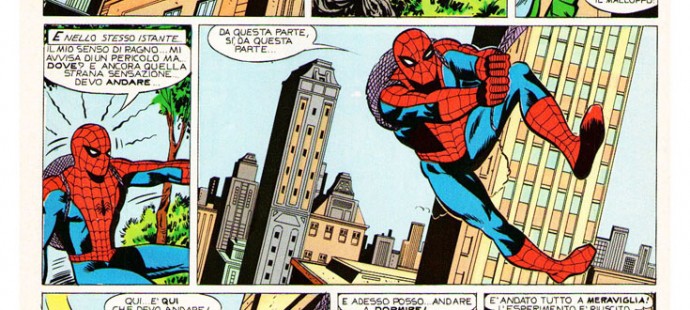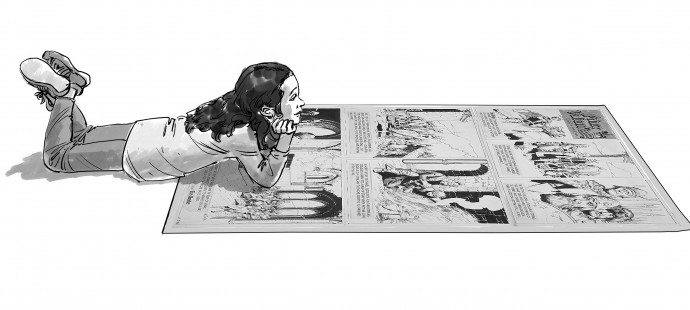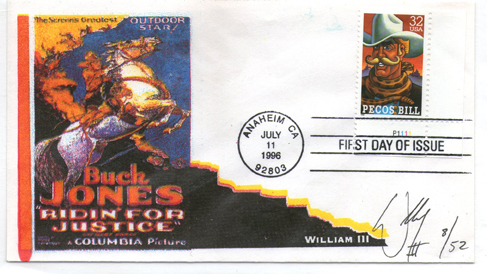
Spider-Man 60th anniversary Italian
Spider-Man 60th anniversary Italian Nel nostro piccolo anche noi abbiamo celebrato il tessiragnatele. SuperGulp! Fumetti in TV è stato un programma televisivo dedicato al mondo dei fumetti trasmesso dalla RAI ...

Spider-Man 60th anniversary Italian Nel nostro piccolo anche noi abbiamo celebrato il tessiragnatele. SuperGulp! Fumetti in TV è stato un programma televisivo dedicato al mondo dei fumetti trasmesso dalla RAI ...

Visions are worth fighting for. Outisfumetti quotes

My Prince Valiant I remember that, at the age of 7 or 8 years old, we were living in a friend’s house in Burbank. I can still recall the nice ...

the Pecos Bill stamps Date Issued: 1996-07-11 Postage Value: 32 cents Commemorative issue, Folk Heroes Pecos Bill was immortalized in tall tales initially attributed to Edward O’Reilly in the Century ...

Xmas gift Status Quo English version and italian version